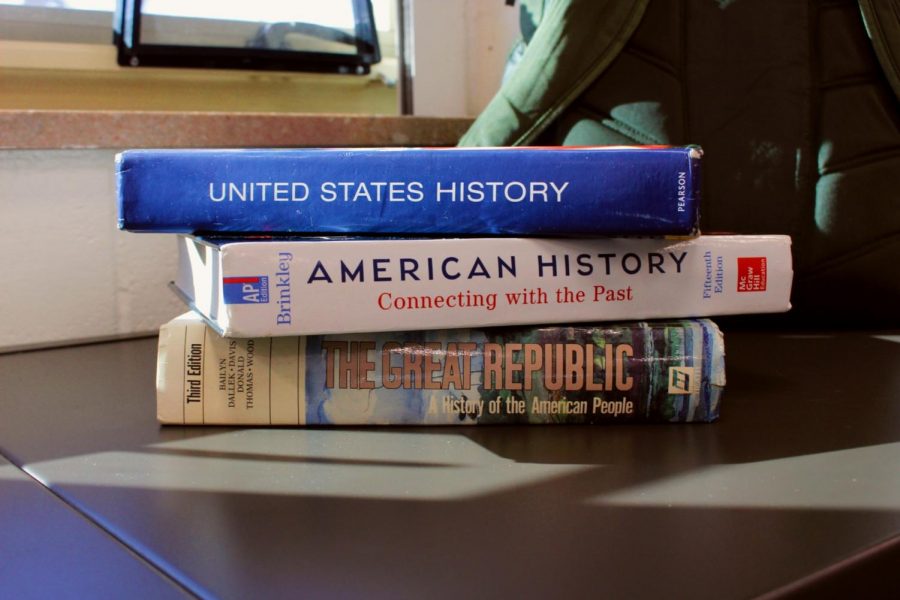History is important. Knowing our history is important as it allows us to develop a better understanding of the world we live in. Building knowledge and understanding historical events and trends enable us to create a much greater appreciation for current events today. Although world history and curriculums have expanded over time, Asian American history still remains commonly missing in both elementary and secondary school curriculums.
Asians have played a significant role in the history of the United States, Canada, and around the world. They are also one of the world’s fastest-growing populations internationally. Yet, most of what students learn about Asian history- if anything- are stereotypes. The problem with this is that it causes this group of people to feel excluded, left out. Asians are already almost invisible in media, such as tv and films, except for a few token roles. By erasing Asians from the history of future generation’s learning, we are restricting knowledge on this diverse group of people, giving the idea that the history mentioned in textbooks mainly including people of white descent is only what is important.
For example, in most history curriculums, students learn about World War 1 and World War 2 as early as their first year of middle school. Who are the prominent figures that these children learn about in the textbooks? The majority of these figures come from a common ethnic origin. I do not mean to say that these people are not important; however, there are various soldiers and veterans of Asian origin who are rarely mentioned. It has been estimated that between 12,000 – 20,000 Chinese-American men, representing up to 22 percent of the men in their portion of the U.S. population, served during World War II. There were also Sikh, Japanese, and Vietnamese soldiers, just to name a few. Think about if you have ever heard about one of these soldiers in your history class. It is likely you haven’t. Did you ever have the opportunity to do an assignment on anyone other than the main white figures, following this Eurocentric perspective? As a Sikh myself, I do find it disheartening to rarely see people like myself represented in what I am learning in school, and I am sure others have felt this feeling of unbelonging as well. Students from all backgrounds will gain from a multicultural curriculum, particularly as populations begin to become more and more diverse. Additionally, students of colour are likely to learn better when they see themselves in what they are learning. Research has also found that white students benefit by being challenged and exposed to new perspectives, gaining a better understanding of racism, and developing greater empathy.
Although history isn’t always positive history, it is essential to know all groups of peoples’ history, as they provide lessons to take away. To illustrate, schools tend not to teach the challenges and injustices that Asian Americans have faced. One example being the Chinese Exclusion Act, a law in the United States that banned immigration solely based on race. Initially, the act placed a 10-year halt on all Chinese migration. Furthermore, the Executive Order 9066, which President Franklin Delano Roosevelt signed to incarcerate people under suspicion as enemies to inland internment camps. While the order also affected German and Italian Americans, the vast majority of those incarcerated were of Japanese descent. Since there is this myth of Asians being the model minority, people do not realize the struggles Asians have faced and the contributions they have made. Now, what is the problem with not knowing about tragedies like this? If future generations are unable to learn about and understand the biases and prejudices towards certain groups of people, how are we to prevent it from happening again? If we cannot confront this racism and xenophobia towards Asians in the past, many children will grow with the idea that this is okay, leading to no change in the future. Thus, this phobia towards Asians will lead to hostility in the future. Additionally, it will lead to the future Asian generation to lose touch with their culture.
Although there is still a long way to go, we are moving towards the better. Advocates Julia Wang and Kathy Lu established a nonprofit organization called the Immigrant History Initiative, dedicated to educating about America’s immigrant stories regarding Asian Americans. Lu and Wang also designed a curriculum based on Chinese American history, including the Chinese Exclusion Act. The Sikh Coalition partnered with school officials nationwide to ensure that Sikhs are integrated into state standards and their associated material. More than 14 states have now moved to include accurate information about Sikhism in their curriculums and associated materials. This means more than 23 million students now have the opportunity to learn about Sikhs, whose history is rarely talked about. In California, Laotian Americans backed an education bill introduced in 2019 that would require the inclusion of Laotian American history and cultural studies in California schools. We must support this movement and make this change. No matter your race or ethnicity, your stories must be heard.
Sources
https://psmag.com/news/why-are-asian-americans-missing-from-our-textbooks
https://www.pbs.org/newshour/nation/the-long-history-of-racism-against-asian-americans-in-the-u-s
https://www.sikhcoalition.org/blog/2020/fateh-sikhism-added-indiana-state-standards/
Cover image: Textbooks-900×600.jpg
Edited by Karina Fathani



